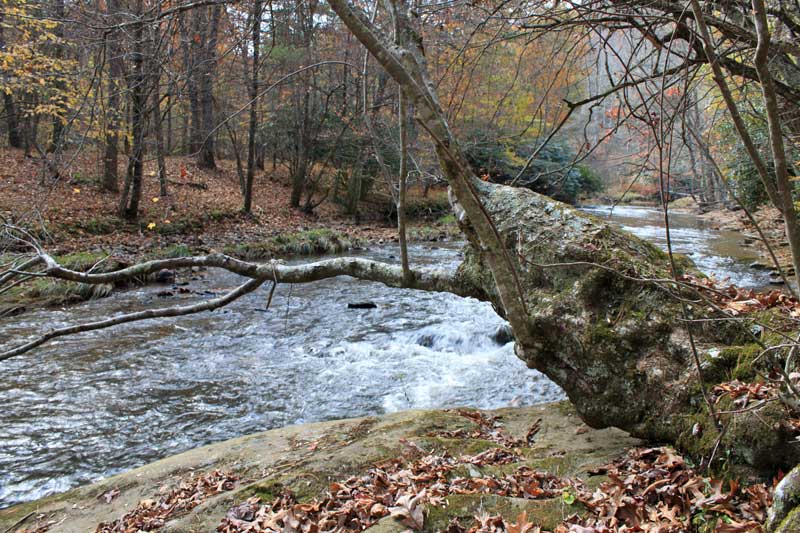
Back in the early days of the Coastal Area Management Act, North Carolina locked in a policy position regarding permitted uses of property next to water: the uses had to be “water dependent” or else they were not permitted. This policy was based on some science that showed water pollution increased significantly the more there were commercial and industrial uses next to the water. Some restaurateurs along the historic river walk in Wilmington chafed at that policy, and so in the mid-1990s I found myself walking beside the lower Cape Fear River with Joan Weld and Linda Rimer, then the two assistant secretaries for natural resources and environment in the State. The capable division director of the Division of Coastal Management, Roger Shecter, presented the thinking underlying the policy. But we agreed with the restaurant owners: it was better for the environment to get people back around the water, where they could enjoy the fruits of decades of regulatory efforts to clean up our rivers.
Our heads are round so thought can change direction. ~Allen Ginsberg
The legislature agreed. See S.L. 1997-337; 2007-485. Today it’s not just Wilmington, but also many cities (and other local governments) all over the United States who have decided to reinvest in their natural capital, rivers and streams, by encouraging people to visit, walk and perhaps sit and enjoy some food and drink. RiverLink in Asheville has helped that city’s long, hard efforts to reinvigorate the French Broad, so that today Asheville has both beautiful riverside parks and the River Arts district. Charlotte has put in huge work, particularly in the Uptown area along Sugar Creek, but also, with and throughout Mecklenburg County, in their SWIM program. Durham’s work on Ellerbe Creek is now understood not just as building a local amenity, but helping to solve one of the region’s biggest and thorniest water problems, the nutrient over-enrichment in Falls Lake. In South Carolina, Greenville has built its fantastic downtown revitalization around Falls Park on the Reedy.
The list goes on and on, as I found out recently when reviewing some foundation funding proposals for local water-related projects. It’s not just the big city, well-funded efforts: throughout the Southeastern United States, there are communities of every size that have planned and in some cases implemented river walks and other ways to get people back around the water. In fact, the list is so large and great that I want an app that will help you and me get to these places.
What I want is a way my mobile phone/portable supercomputer (from my old school perspective, as to which, read on) can tell me when I’m in the vicinity of one these public water walk or stream/wetland improvement projects, and guide me to them. A Yelp for river walks and stream/wetland restoration projects. This seems very do-able to me (though query the funding model for long term maintenance). Back in the day, I would have just tried to do it. Yes, there was a time, in the current geological epoch, when coding and database construction seemed like natural extensions of my work. During law school I even worked as a “knowledge engineer” for the then-hottest hardware maker’s efforts to put law into artificial intelligence. That was the Digital Equipment Corporation and their microVAX, using the software Prolog. The effort, like the company’s hardware, has receded into the mists of early computing history. Today my phone is far faster and smarter than were those microVAXen. But I am not.
So I hope someone out there, younger probably and more entrepreneurial, will take up my challenge. Or maybe it will be a tech giant like Google or Microsoft, since these local projects ought logically to sit in Maps or Bing layers. Someone needs to write the app that gets every little town and big city’s river walks and stream restoration projects on our mobile screens. And then gets us beside the water ourselves, for real, not just virtually. Because this is one outcome of decades of water regulation in the US that we can and should enjoy today: much cleaner water than in the period from 1900 to 1970. In fact, much cleaner water than many people in the world have access to. And the way to enjoy that investment is to get out in it, or at least to pause beside it. In the long run, the pragmatism of Americans means that we value that which we can use. The more that environmental amenities are made visible and usable, the more we will value and protect them.
